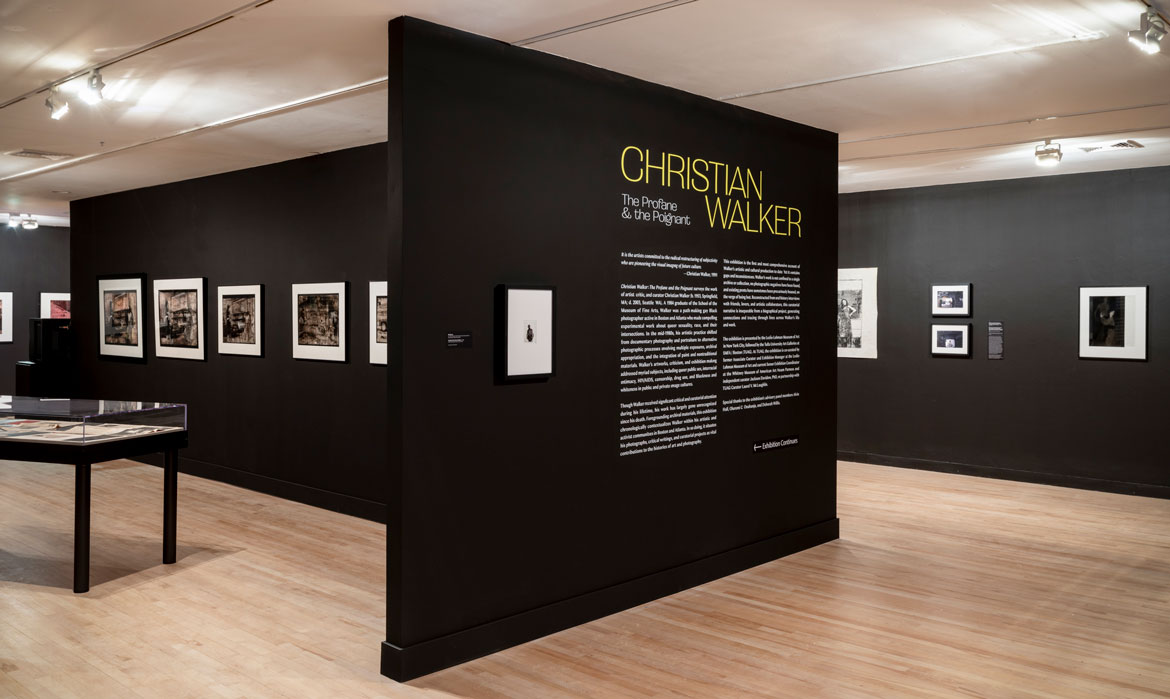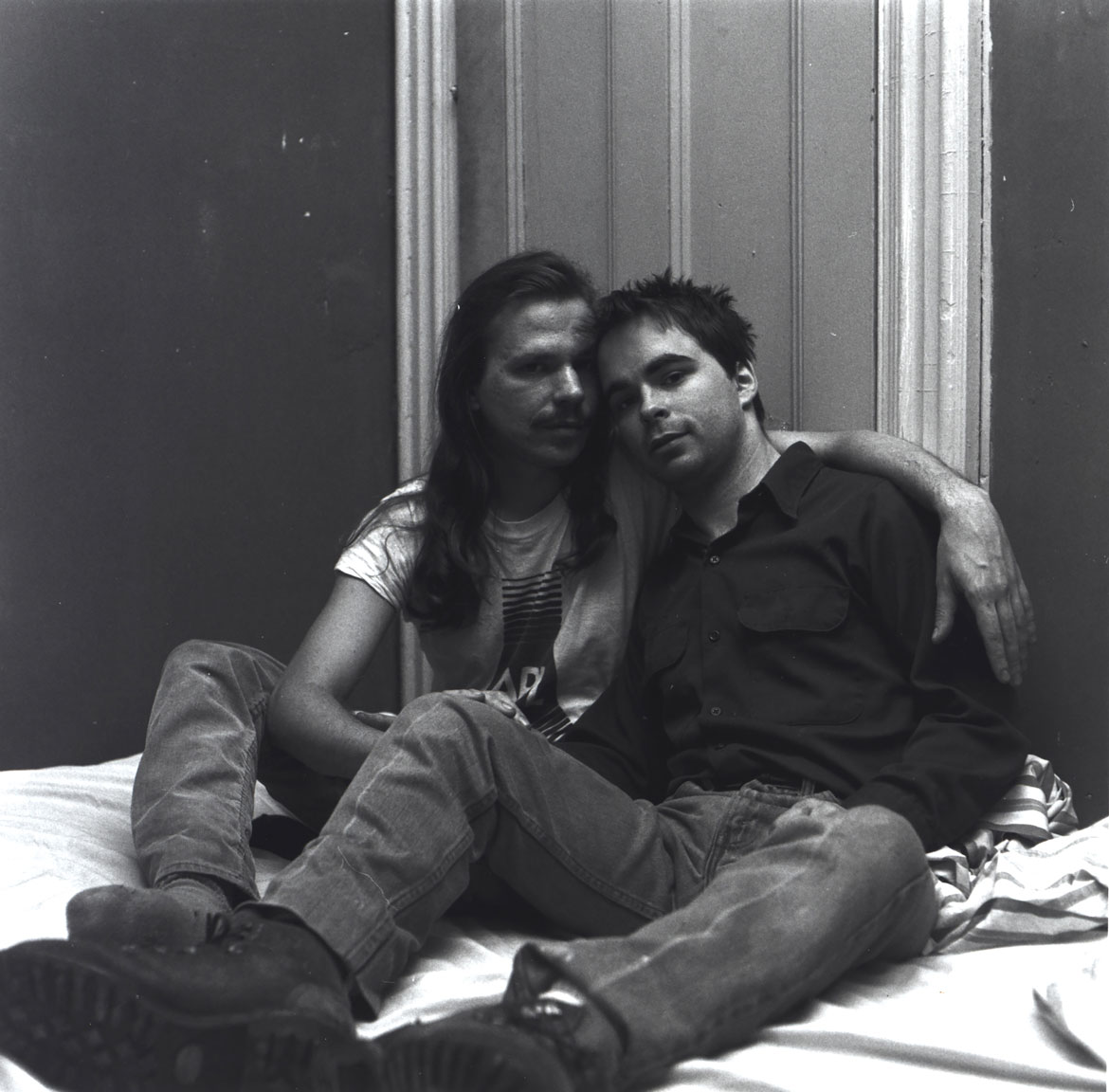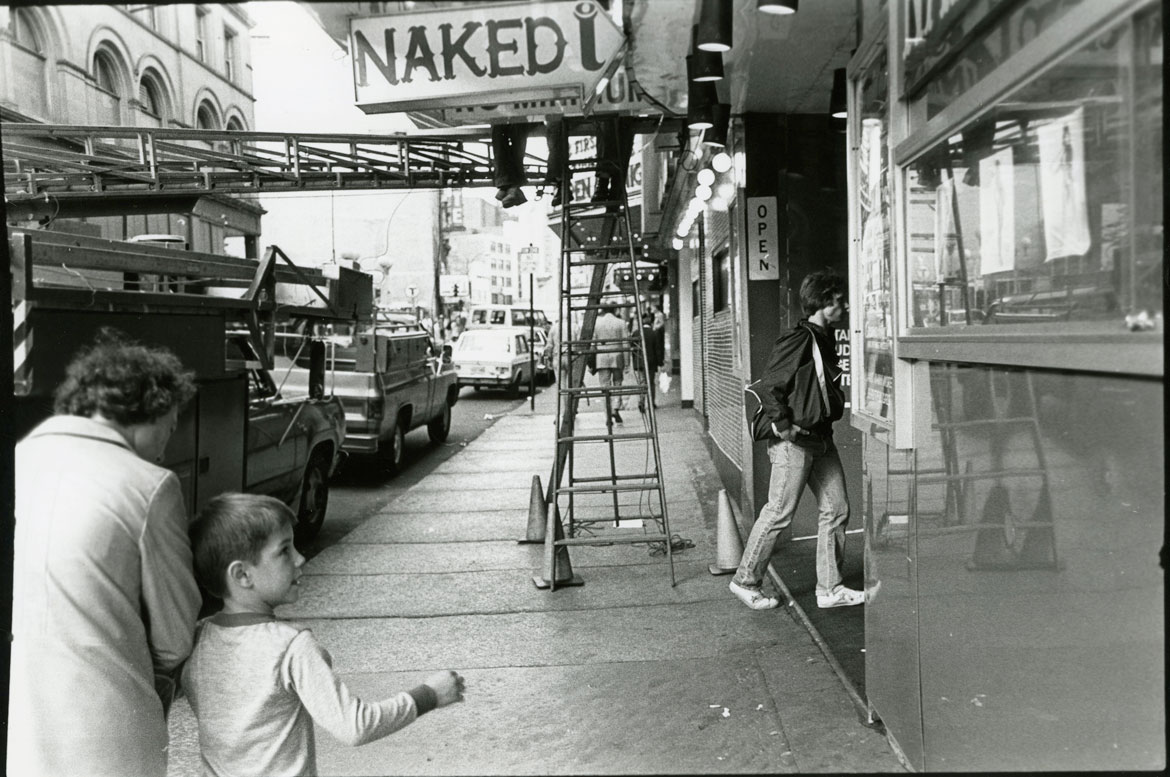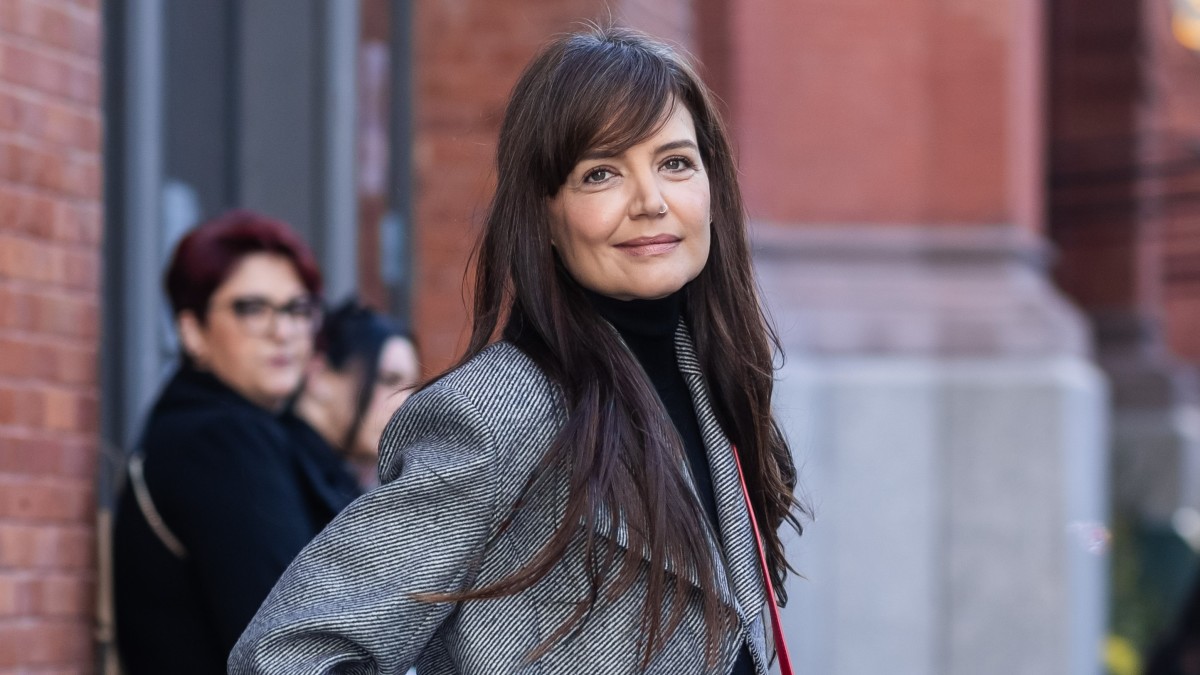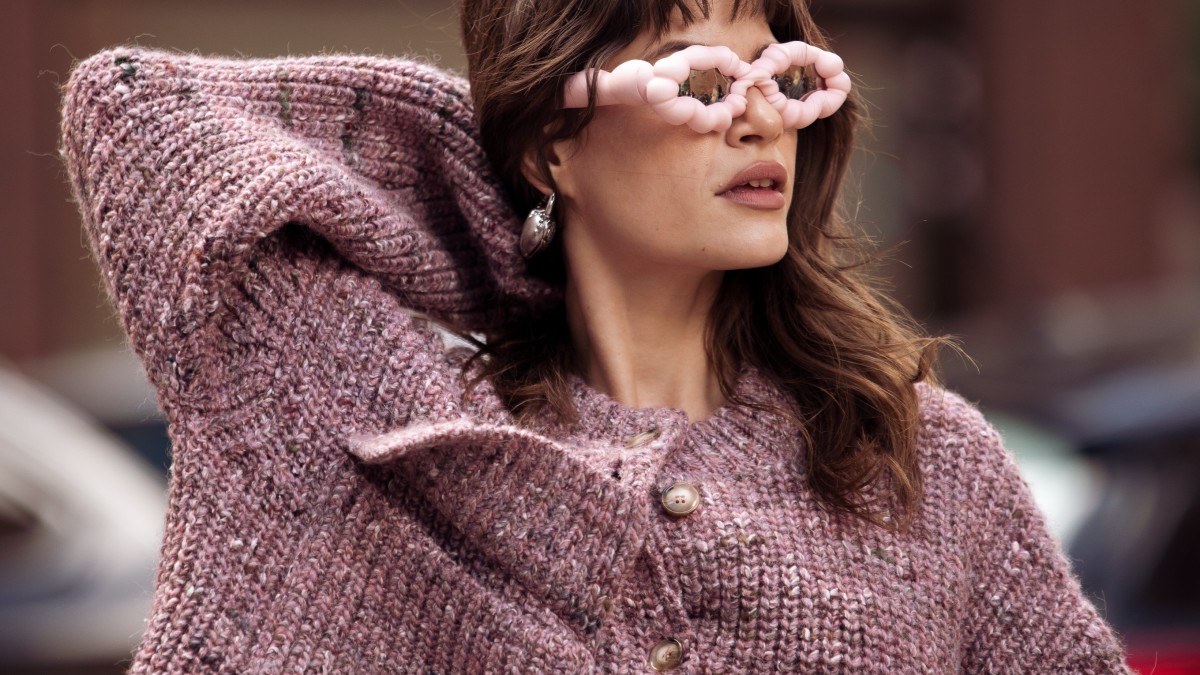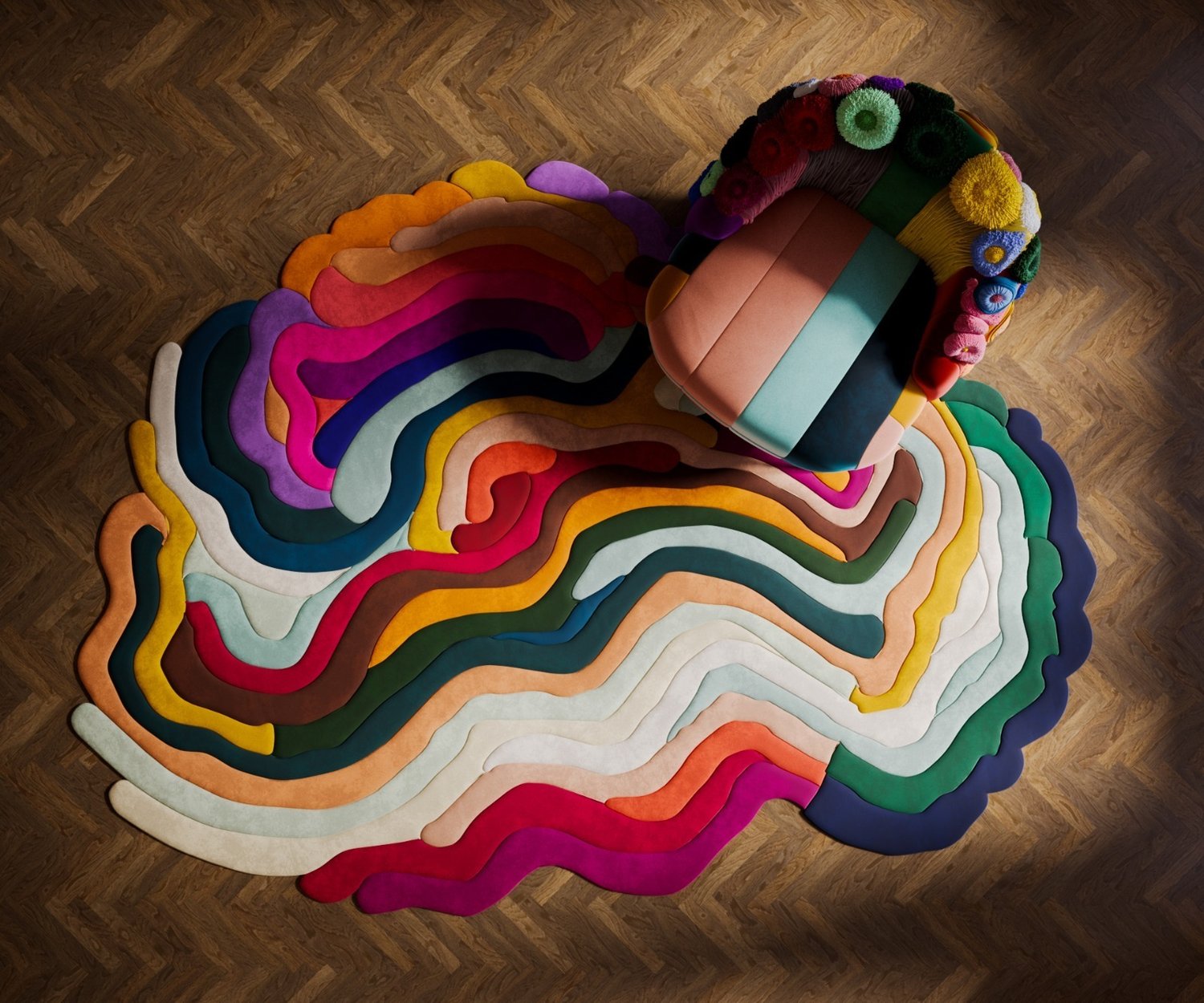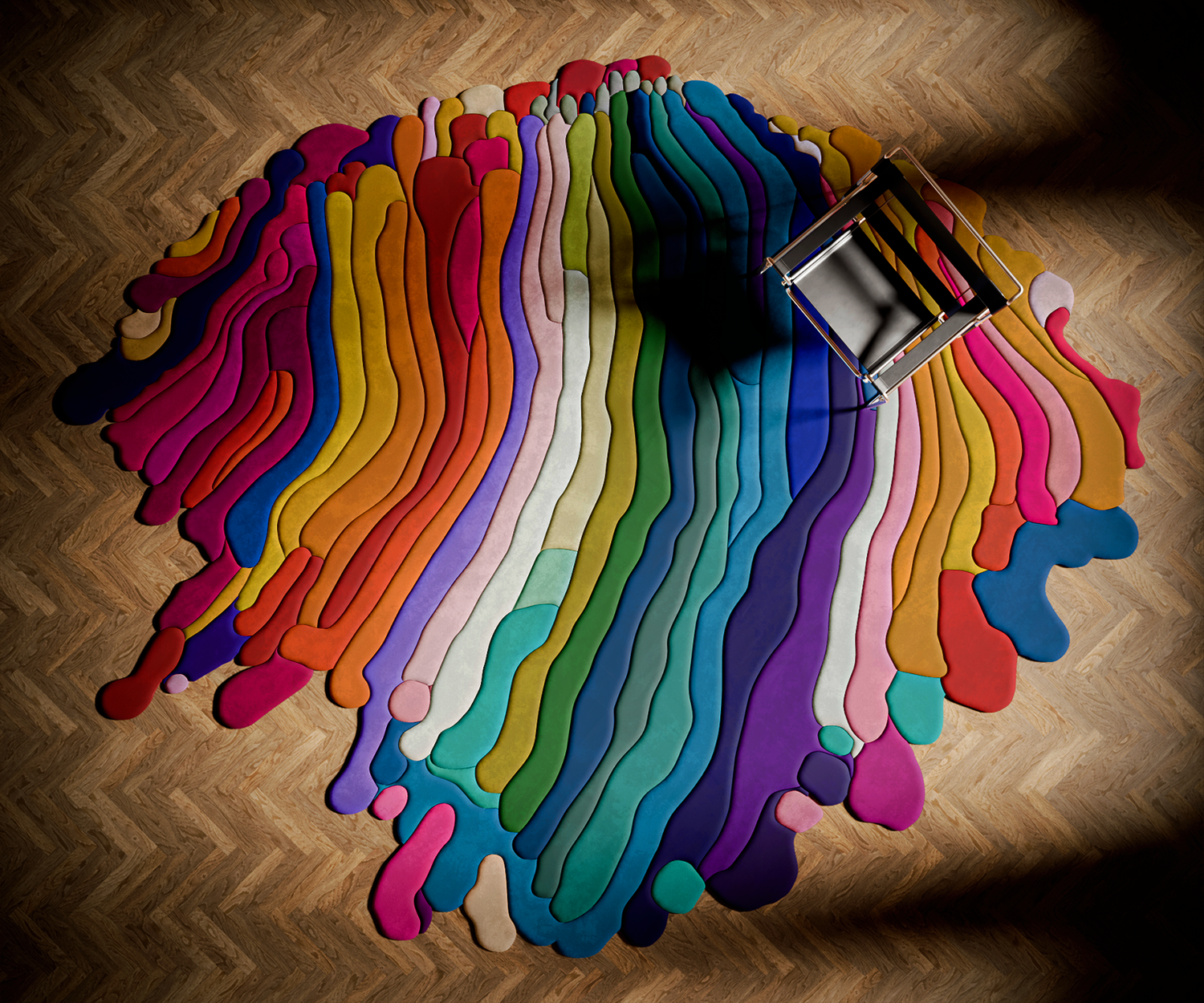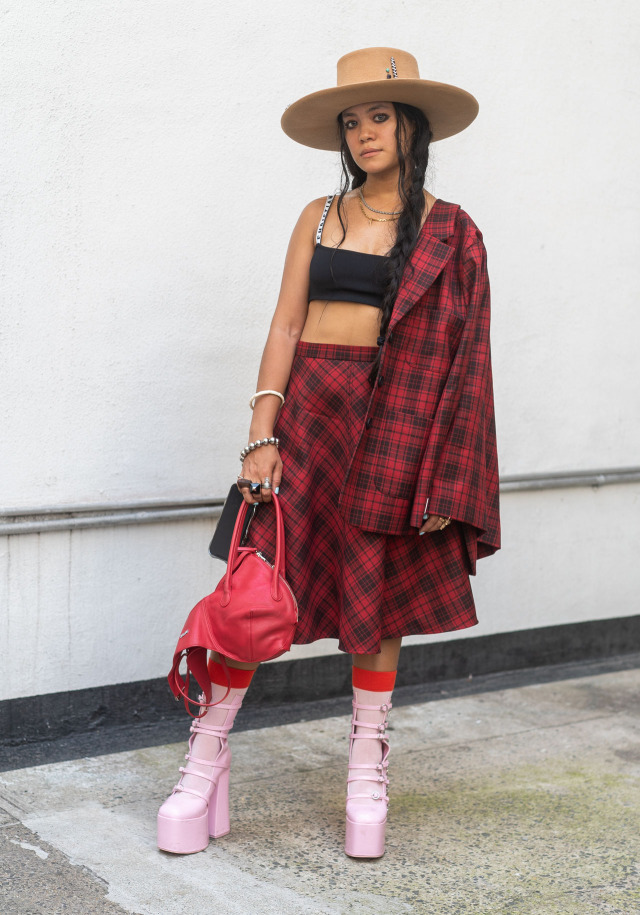Known for the origami-inspired technique she uses to transform paintings into wall sculptures, Los Angeles-based artist Susan Maddux’s creativity is incredible to experience. Each artwork, ranging in size from 12-inches all the way up to seven feet tall and protruding 2-6 inches from the wall, is constructed from separate acrylic on canvas paintings that are individually folded before being added to the larger piece. As Maddux explains it, the canvas is painted, folded, and unfolded many times as she experiments with proportion and patterning. The final forms, repeating mirrored images, bring to mind garments, perhaps a kimono or a cape, and acquire an anthropomorphic quality that transforms spaces.
Maddux is a 4th generation Hapa-Japanese woman, born and raised in Hawaii with a few stints living on the mainland growing up. Her work reflects her personal experiences, recalling the land’s lush landscape and brilliant colors with each piece of canvas. The work also connects Maddux to generations of women who came before her through the rituals of smoothing, folding, shaking out cloth, repetition, accumulation, veneration, and reflection.
After receiving a fine art degree in painting from the San Francisco Art Institute, Maddux’s career began as a surface designer in New York. The profession, and what she learned through it gave her a different perspective on painting. But every time she would consider taking it on full-time, someone would say it was impossible to support herself that way and it couldn’t, or shouldn’t, be done. So, she protected her artistic talents and kept them for herself.
In 2012, Maddux made the move to Los Angeles and began exploring how to plug away at her paintings as material, developing the folding collage technique in the process. In 2019, after some life struggles, she went professional as an artist.
“Painting had always been how I came back to myself, what helped me remember who I was, and how I got grounded,” Maddux says. “I had the opportunity to do a large installation at the LA Design Festival in 2019, and I took that chance and gave it my all. I did 12 pieces, and things started really taking off. My work was discovered by the design community, and I’ve been able to work within both art and design since then, which has been fantastic.”
Maddux took a minute to recall traveling to visit her grandparents for the first time in San Antonio, Texas, when she was 10 years old. Never having gone anywhere before, their 15-foot carved antique wooden front door from Italy made an impression, as did the rest of the house. “It was built in a Mediterranean style with open walkways and bougainvillea surrounding a tiled pool that sparkled in the sunshine,” she recalls. “The house was filled with art they had collected all over the world. It was a total revelation for me to see that you could intentionally create an environment of beauty and harmony like that.”
If you’d like to catch Maddux’s work in person, her next solo show, Wet Drapery, opens April 13th at the Not There Gallery in Chinatown, Los Angeles. But today she’s joining us for Friday Five!
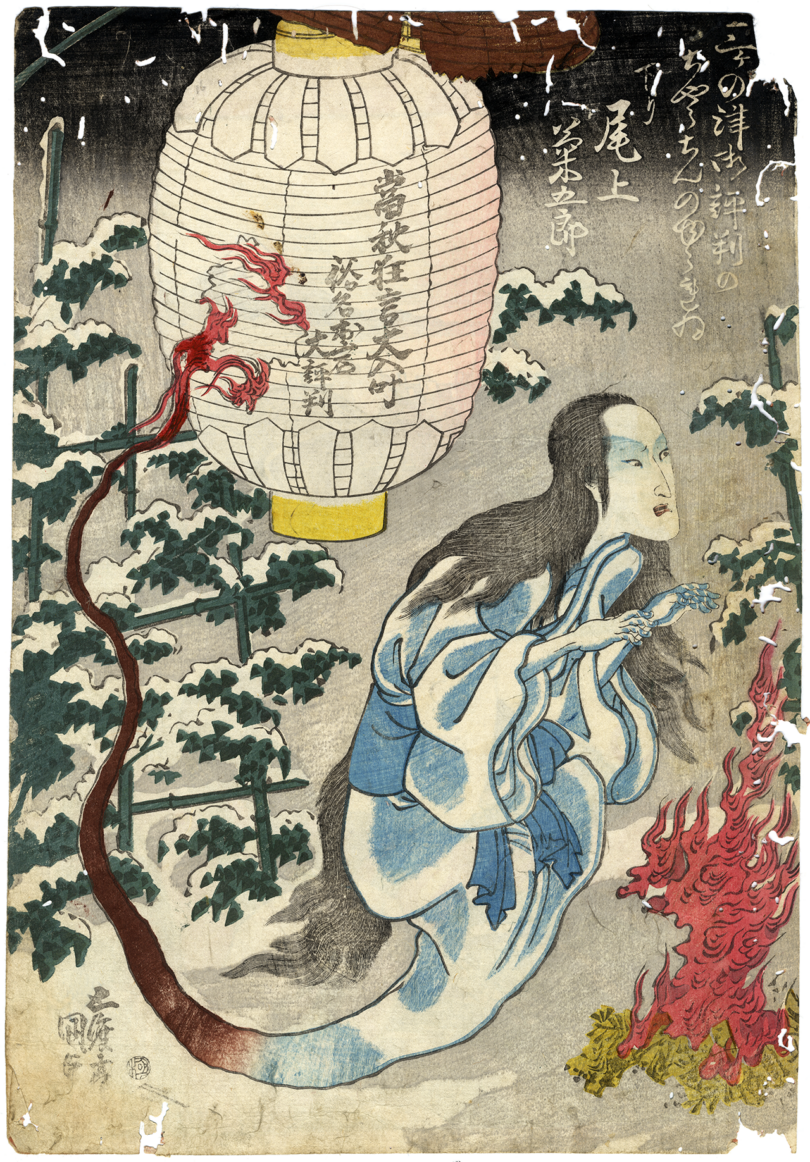
Painting by Utagawa Kunisada
1. Yokai
My fascination with the spirit world and depictions of yokai, Japanese ghosts and demons, began when I was very young. Growing up in Hawaii, I was always aware of the supernatural world, and hearing ghost stories from my Japanese relatives fueled my imagination. Paintings of yokai and the grotesque seem to open up space for the imagination to run wild and delightful depictions of demons that run from terrifying to absurd are absolutely captivating.

Art by Giovanni Garcia-Fenech
2. My Art Collection
I started my art collection by trading art with friends when I was in school at the San Francisco Art Institute. I’ve known so many incredible artists over the years, and sometimes I’ve been lucky enough to collect their work. I like to buy something every year as a gift to myself. I have a couple of large paintings and photographs, and many smaller pieces. I love to be surrounded by pieces that remind me of inspiring and talented friends and how art shapes the world we inhabit and makes life so much more interesting.
3. Vases
When I travel, I love to buy ceramics. Something made by hand, with materials from a particular area is such a great way to connect with and remember the creative energy of a place. Some of my favorite vases are made by friends as well, we’re lucky to have such a rich ceramic tradition here in Los Angeles. When I was little, a family friend gave me a collection of tiny vases because I loved small things. Putting a single flower in a little vase brings me right back to that fascination. I’m always foraging on my walks in the hills, so I’ve collected quite a few large heavy ceramic vases that can hold the eucalyptus branches, overgrown mustard stalks, seed pods, and palm fronds I find while I’m out.
4. Symmetry
I became very aware of the relationship between elements when I started exploring print and pattern design. Symmetry is a very important organizing principle that creates an expectation that is really interesting to play with. In my work, I refer to symmetry as it is found in nature – an imperfect mirror image. That little bit of difference creates tension and curiosity and offers an invitation to look closer. We intuitively sense something humanizing about imperfect symmetry. It wasn’t made by a machine, but rather speaks of the beauty of a flower or a face we love in its unique construction.
5. Vintage Textiles
I grew up thrifting in Hawaii. We would find a lot of 60s and 70s pieces and I had an incredible collection of psychedelic shifts and house dresses – the kind with the zipper up the front that grandma used to wear – that I wore to high school. This did not make me very popular, but I did become interested in textiles and patterning. I always shop by both feel and look, and I loved going through the racks looking for treasure: vintage aloha wear patterns, prints on silk, or barkcloth. I’ve always collected vintage, and over time I’ve used many pieces from my collection in my own work, as inspiration for patterns in paintings and even as subject matter.
Work by Susan Maddux:
The most recent development in my work has been incorporating painted portals or frames that are specific to each piece and painted directly on the wall.

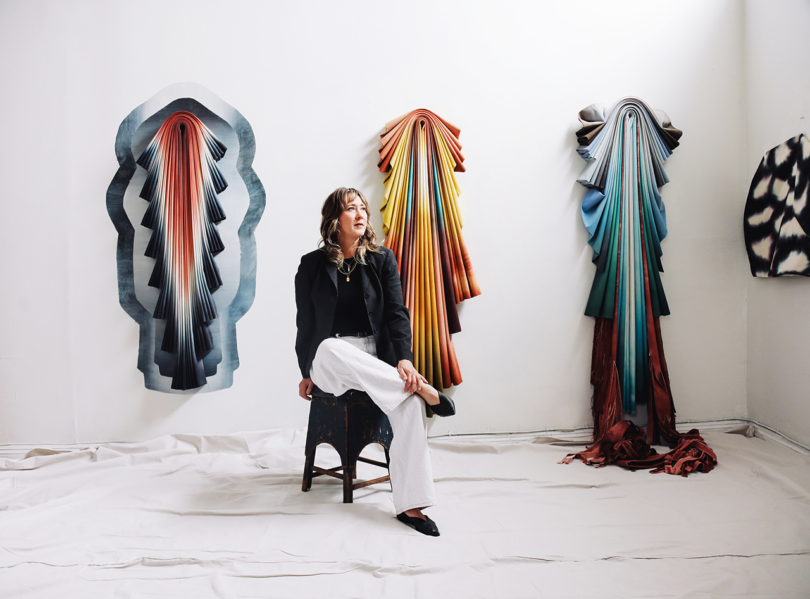
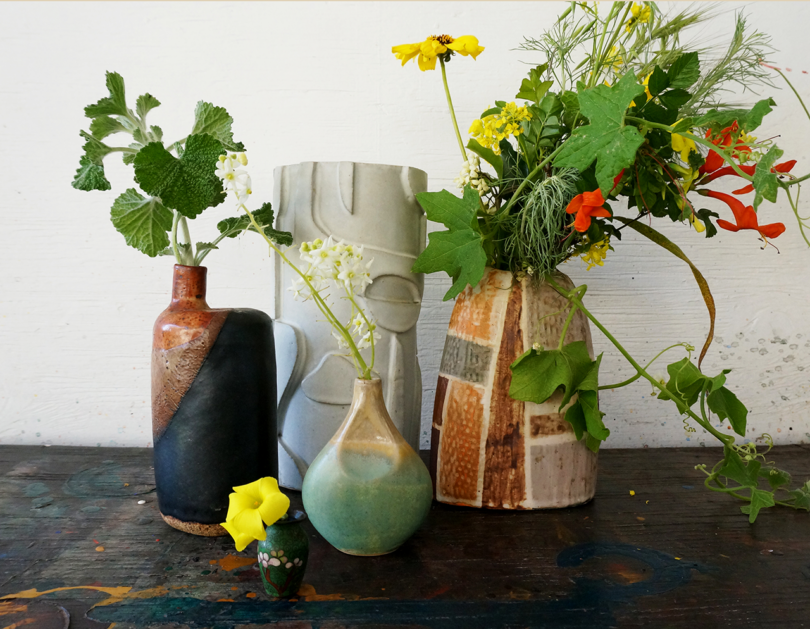

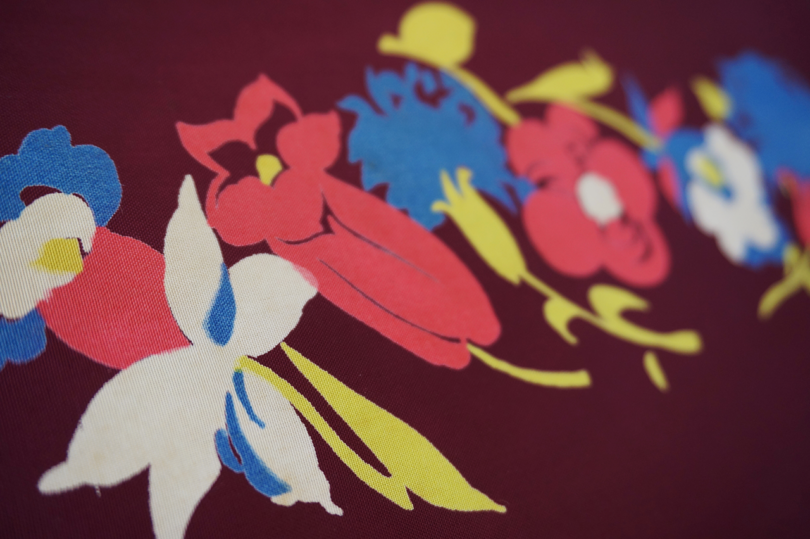
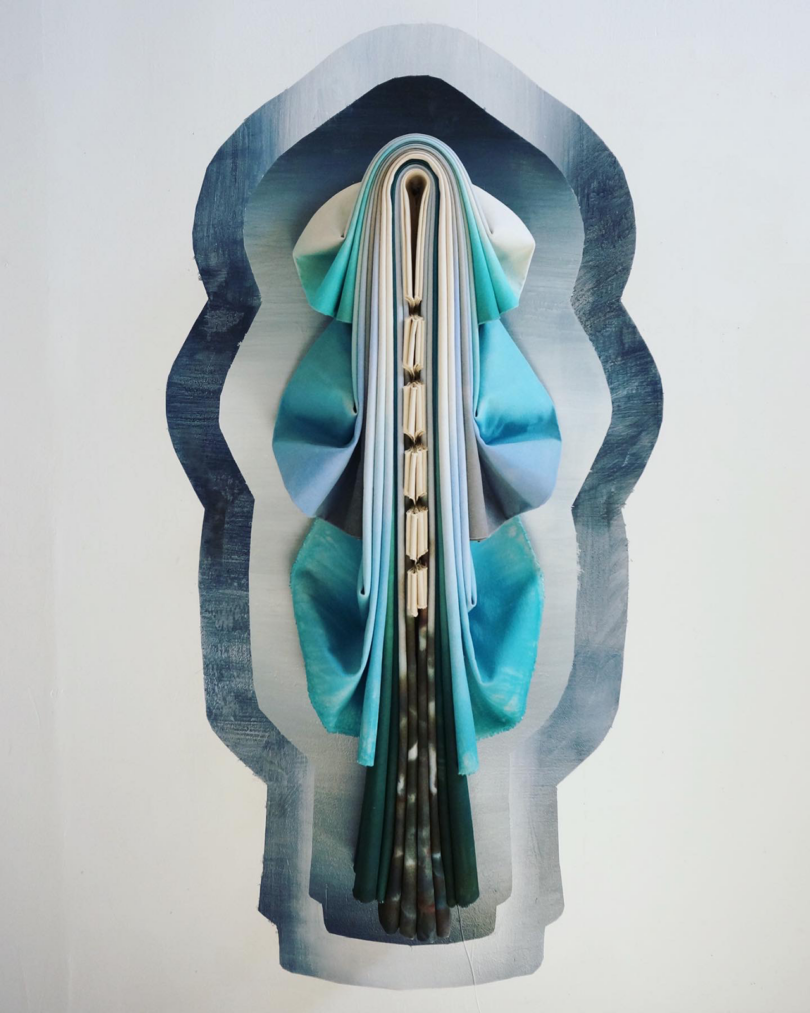
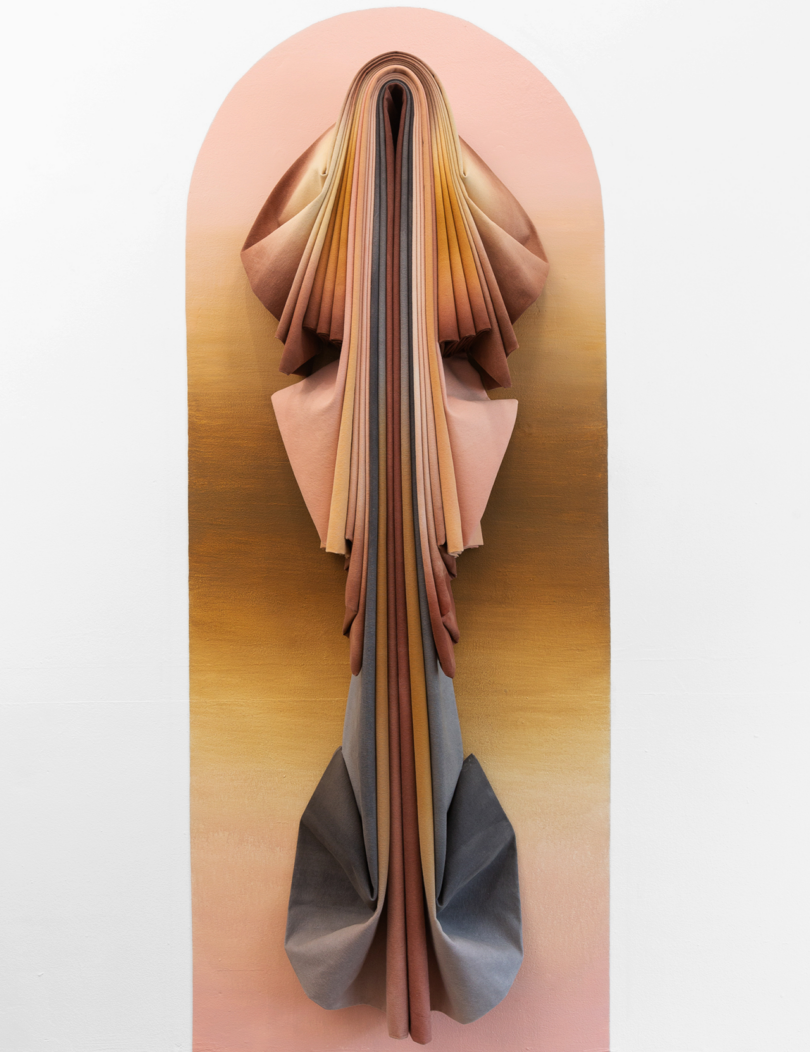

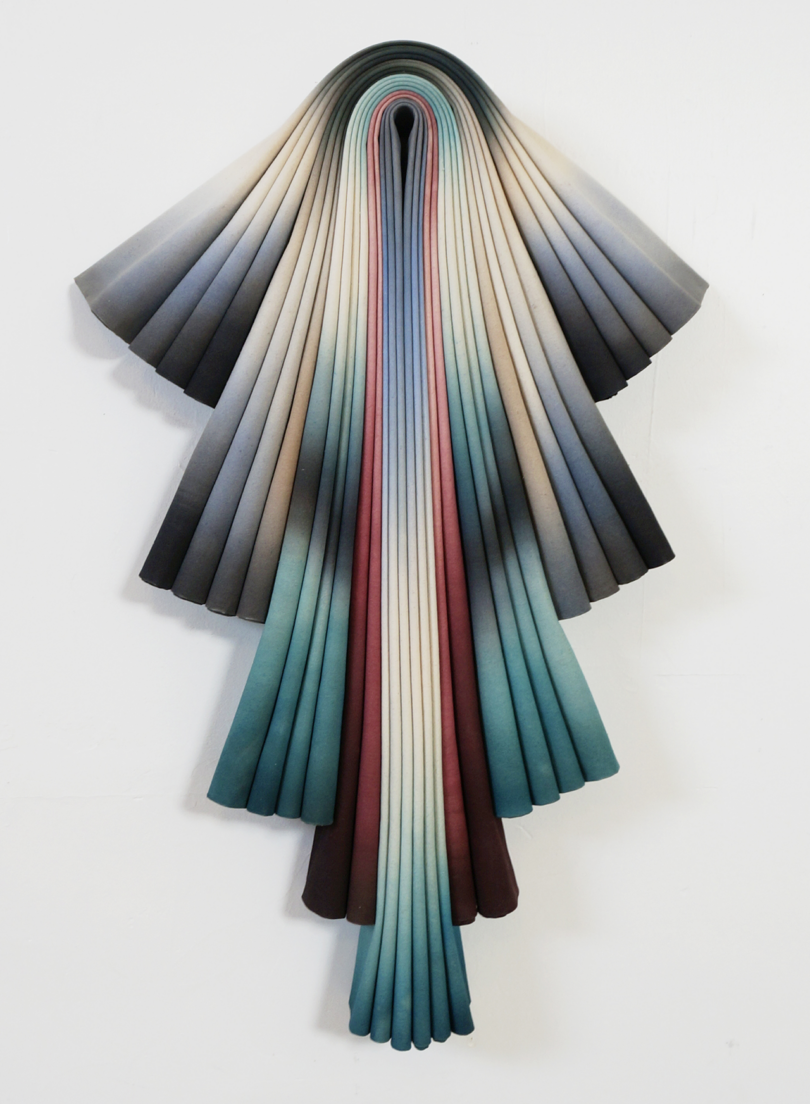
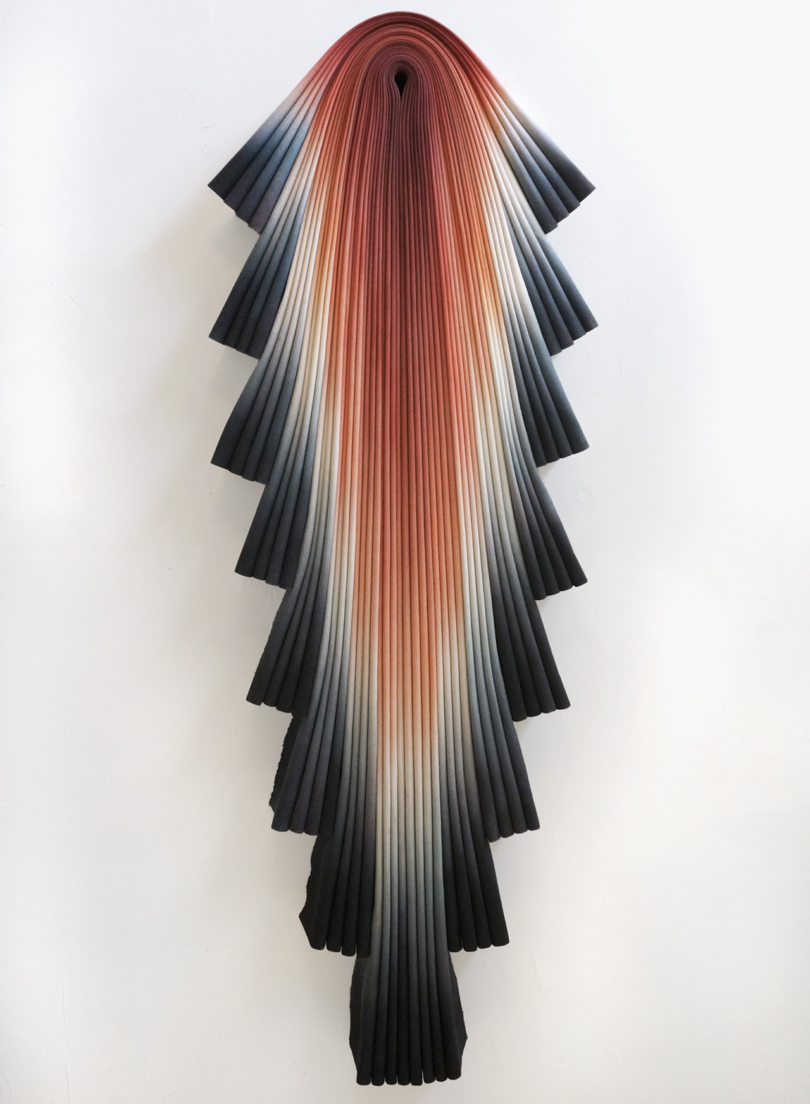
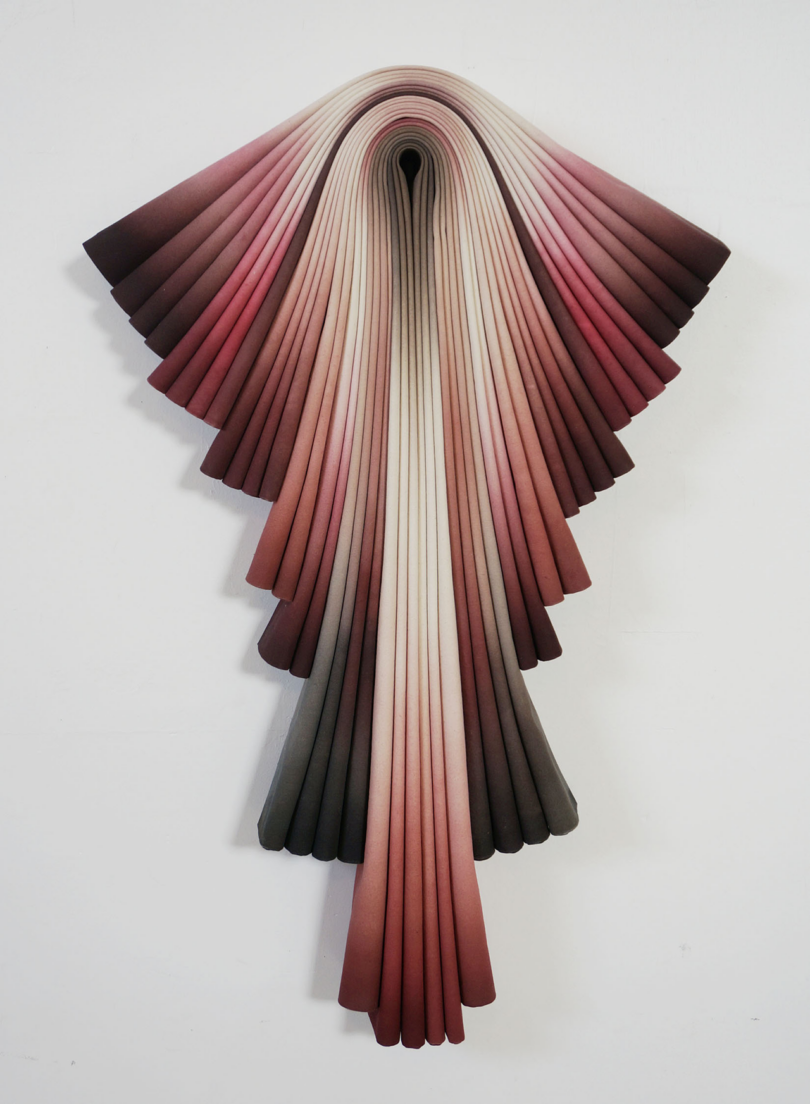

![Patricia A. Gozemba, "Untitled [Fran’s Place]," 1983, black and white photograph. (Courtesy of The History Project)](https://gregcookland.com/wonderland/wp-content/uploads/2024/04/PatGozemba_FransPlaceW.jpg)


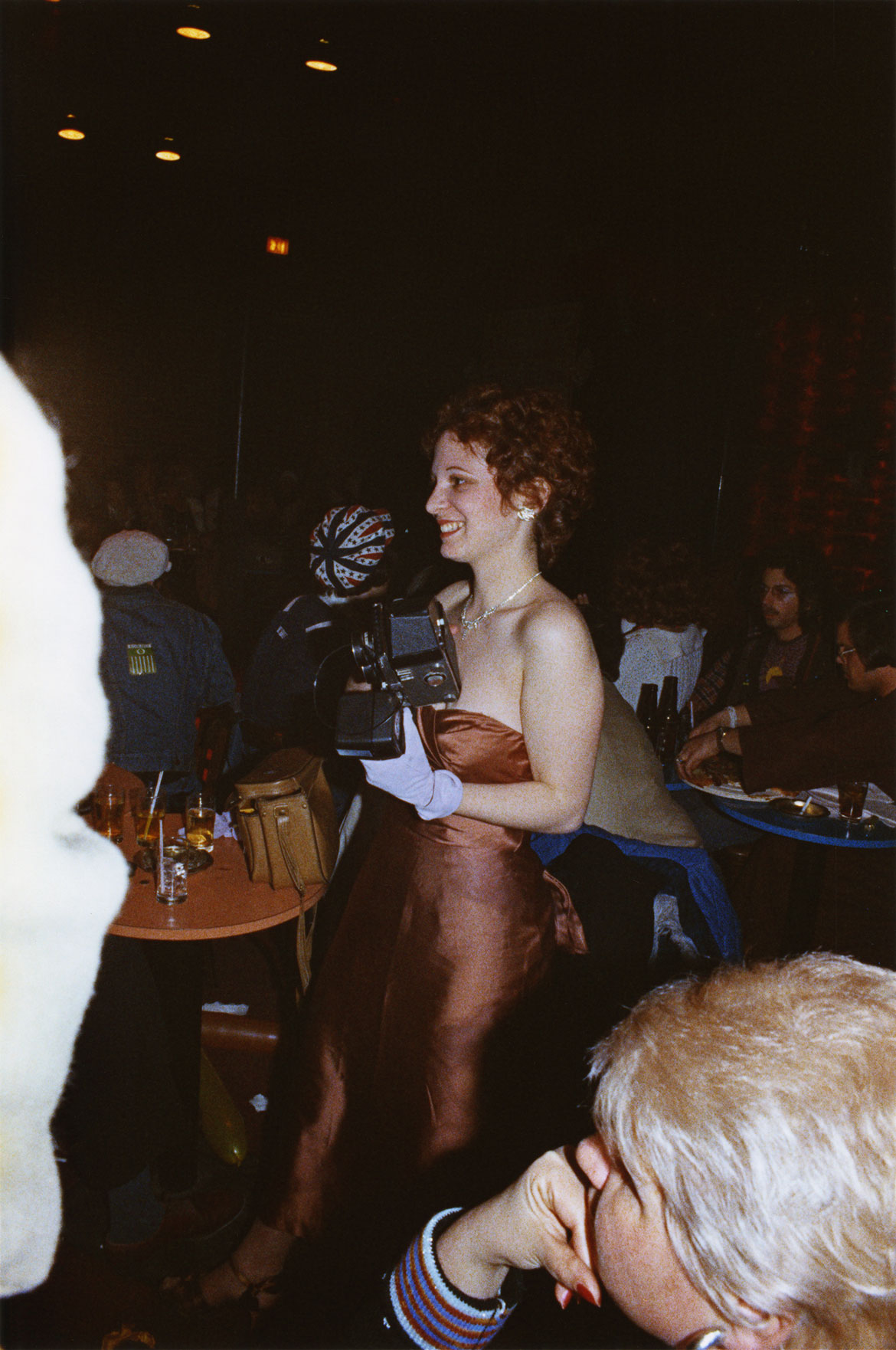


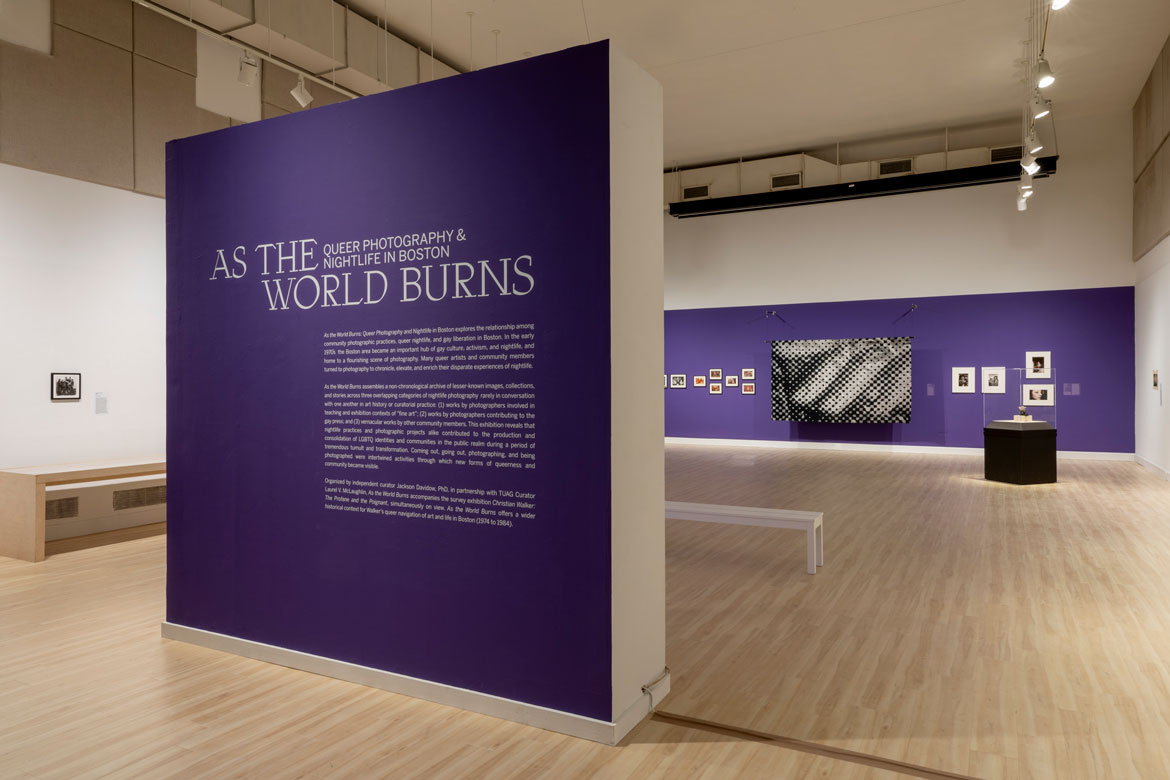
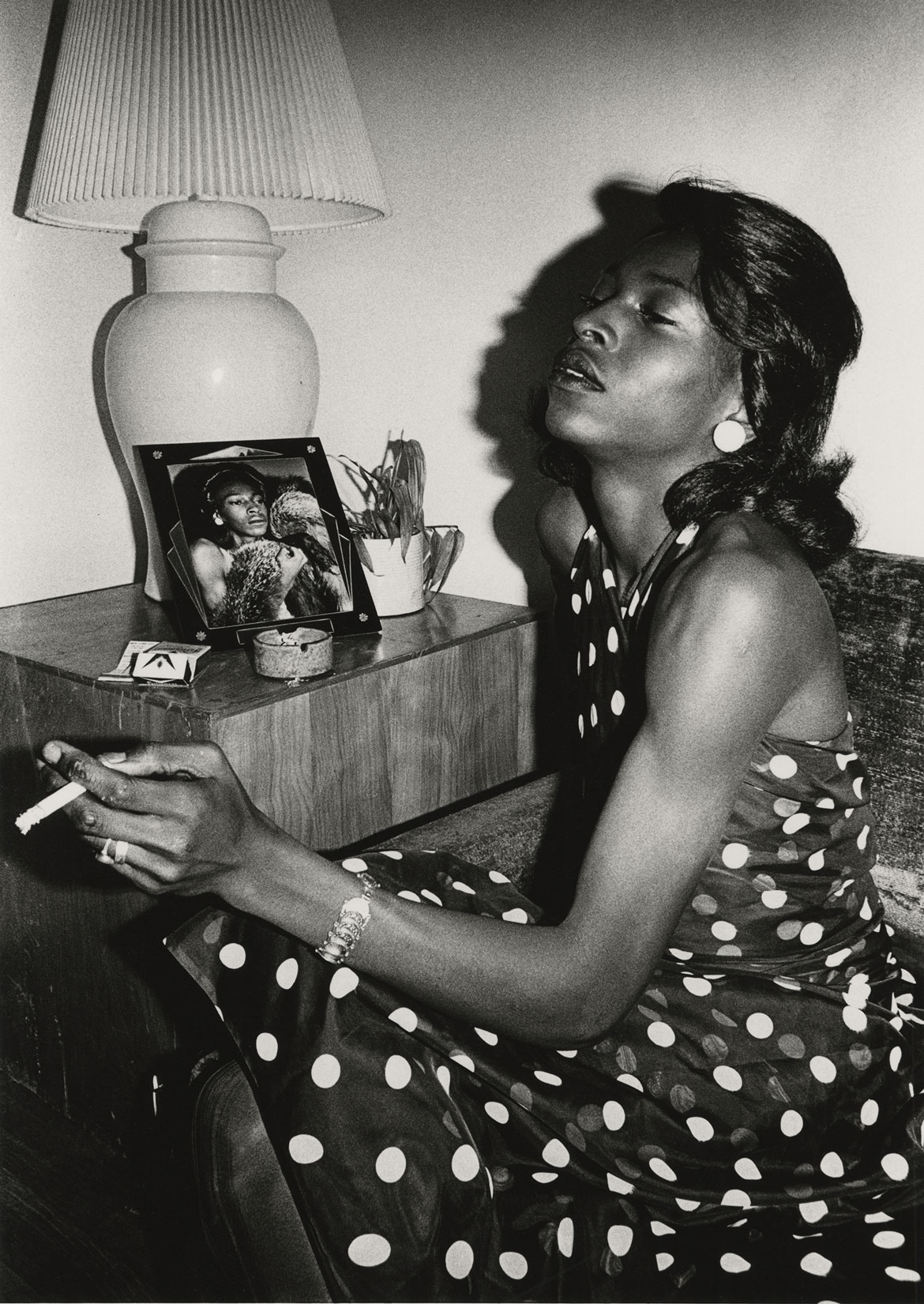
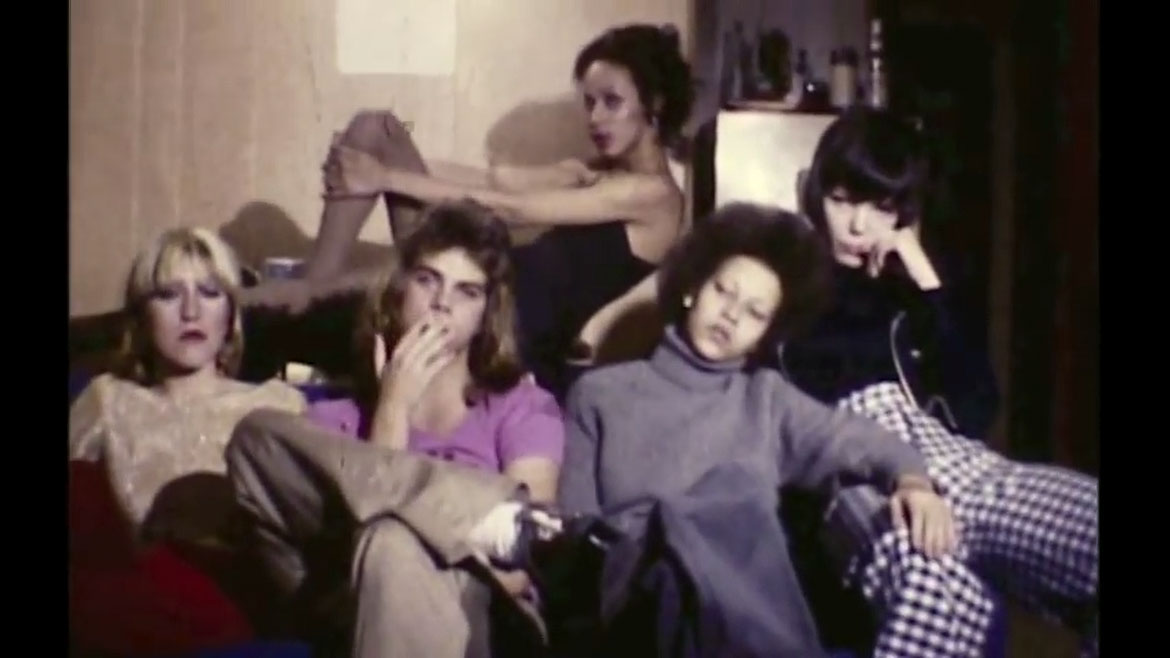
![Patricia A. Gozemba, "Untitled [Fran’s Place]," 1983, black and white photograph. (Courtesy of The History Project)](https://gregcookland.com/wonderland/wp-content/uploads/2024/04/picPatricia-A-Gozembo-AsTheWorldBurns240324_P1102396w.jpg)
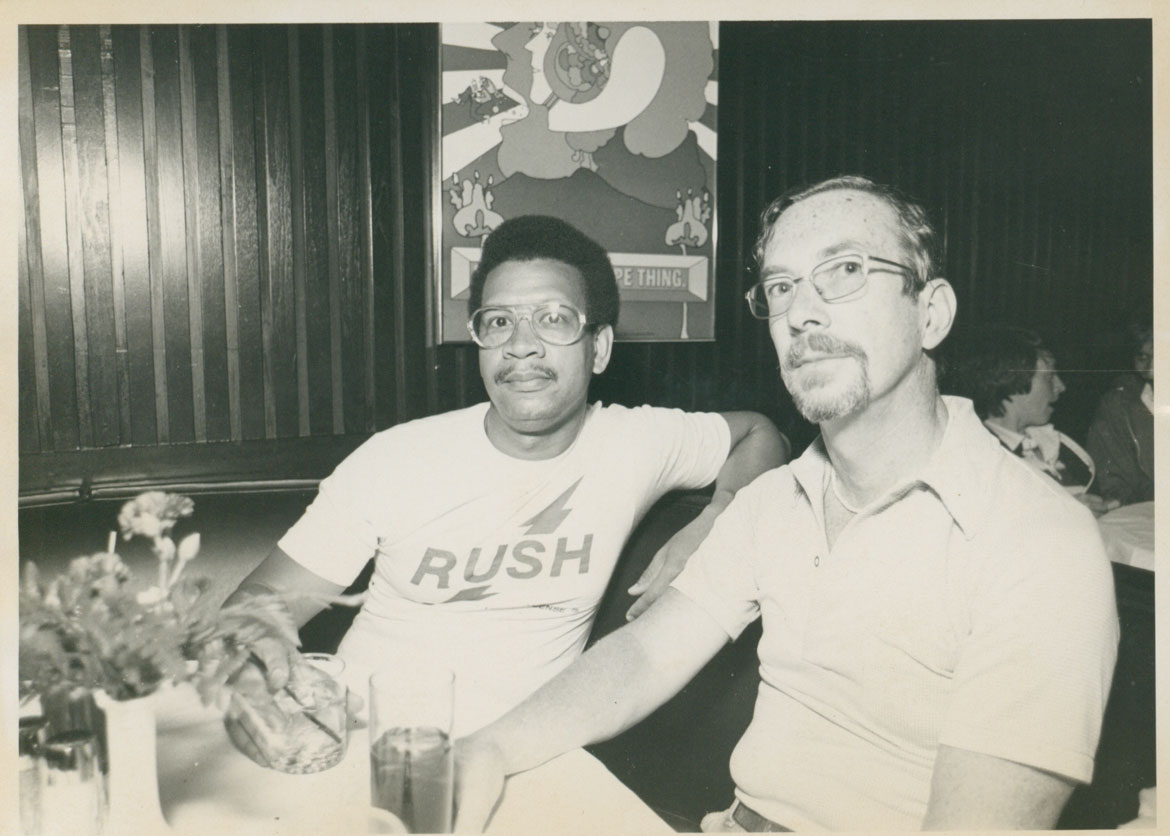
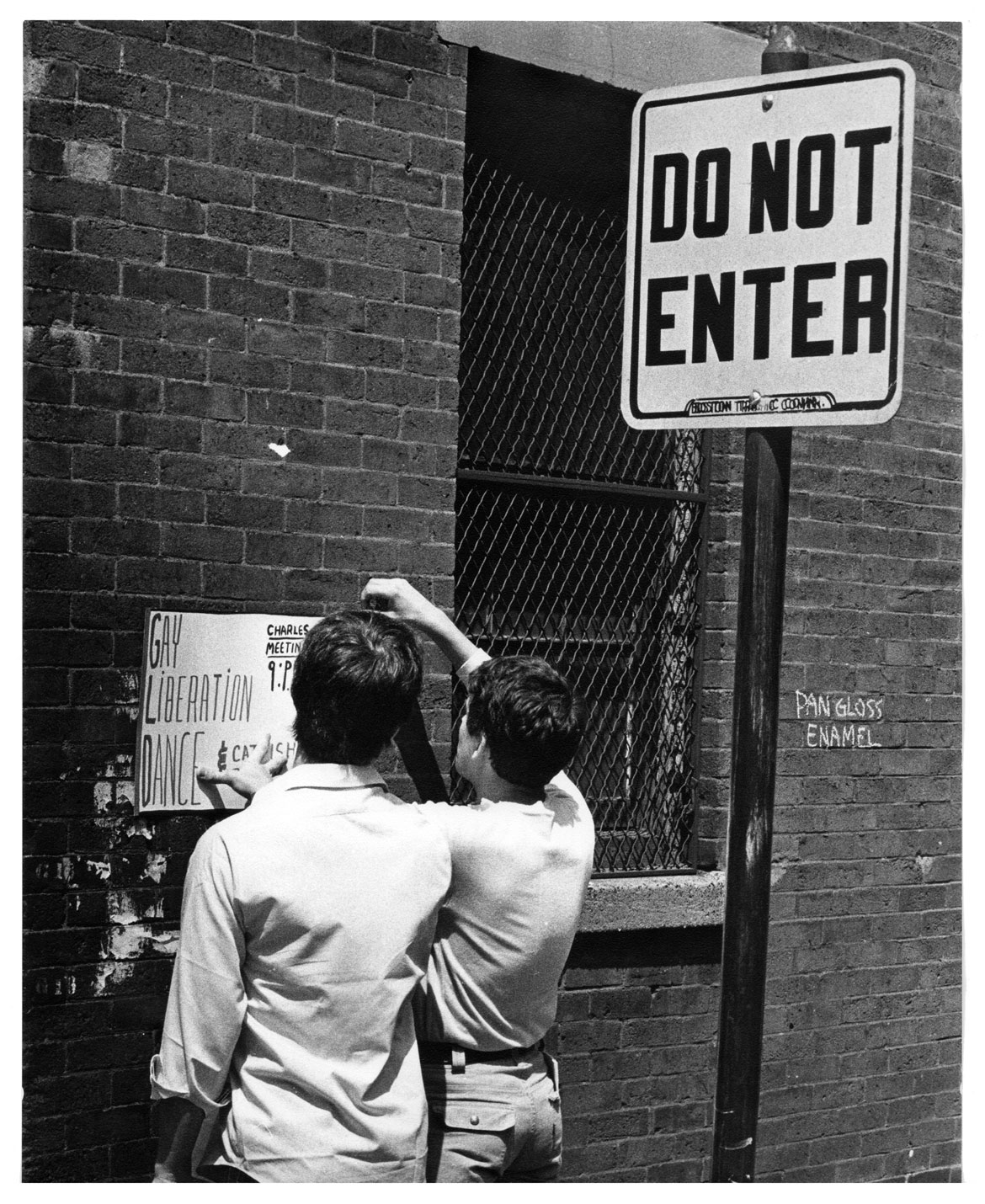
![Jim McGrath and others, "Untitled [Playland]," 1950s to 1980s, photographs. (Collection of The History Project)](https://gregcookland.com/wonderland/wp-content/uploads/2024/04/picJim-McGrath-AsTheWorldBurns240324_P1102412w.jpg)
